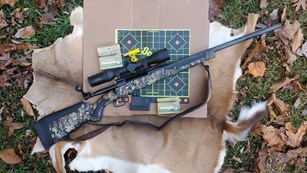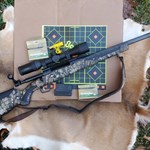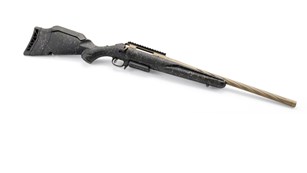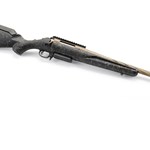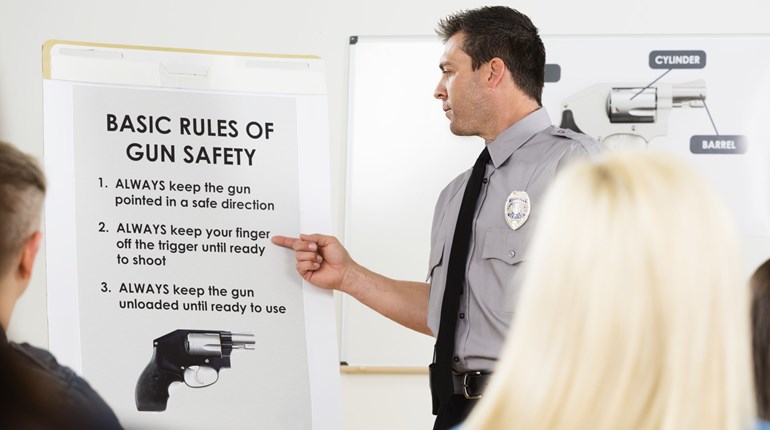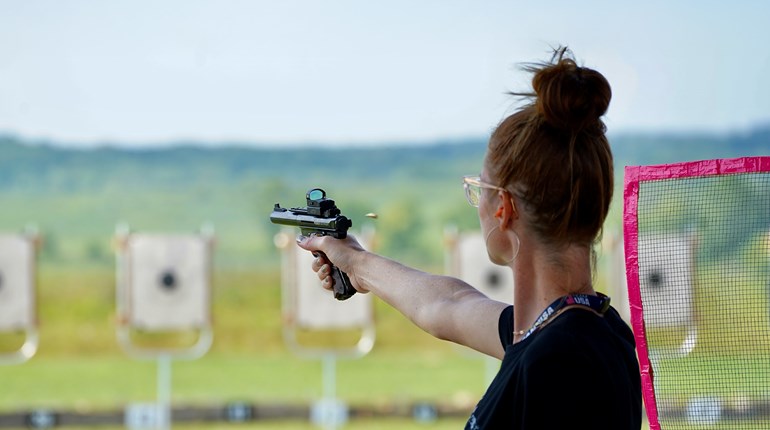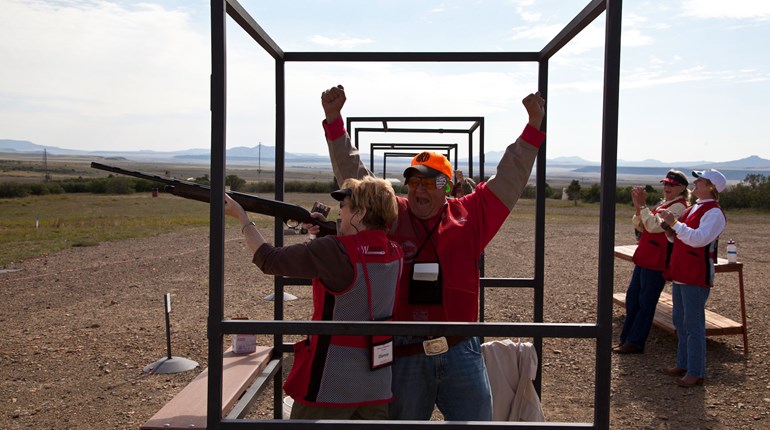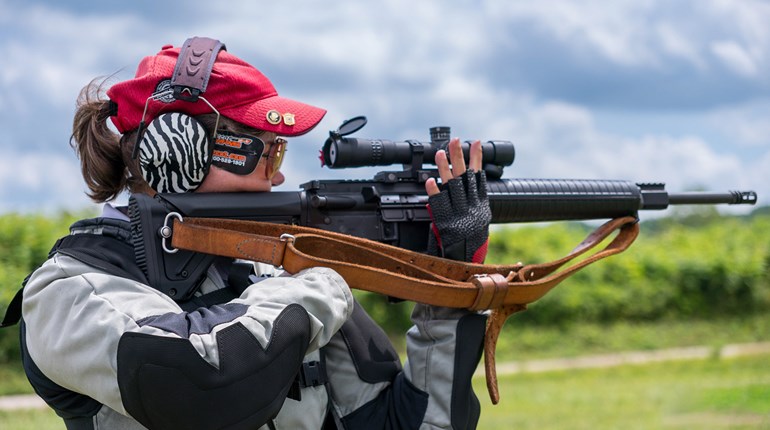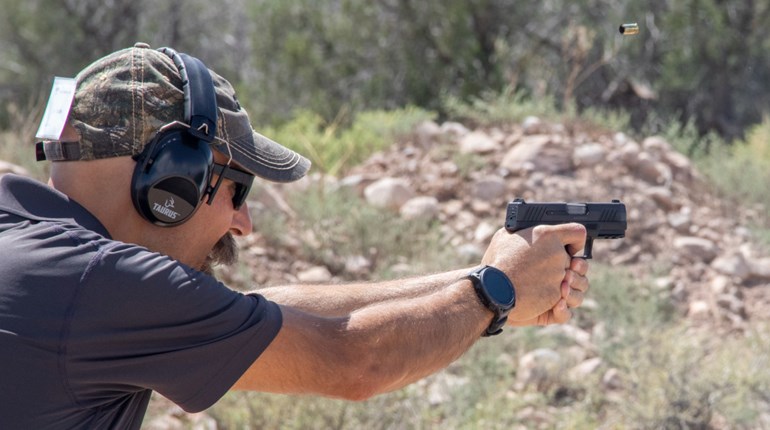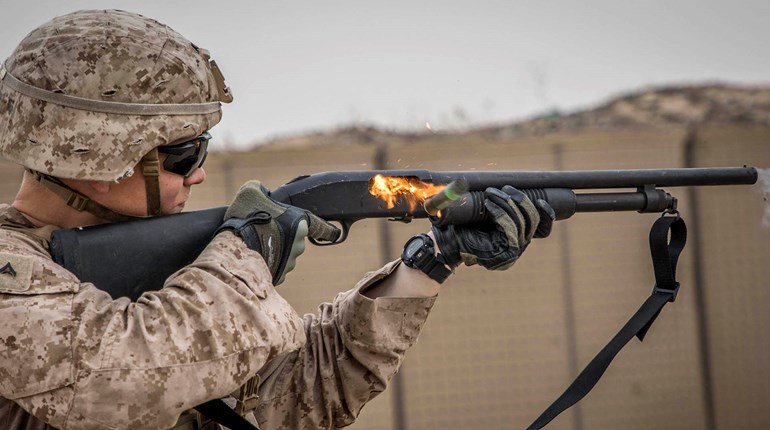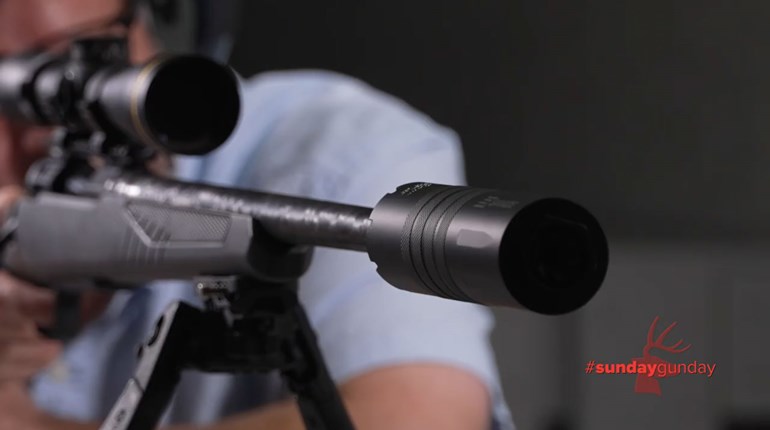
“No, no, no! Don’t…what are you doing? Stop it!” I blurted out loud, flailing my arms at the television set.
“Wendy,” sighed my husband, “it’s just a movie. Relax.”
For better or for worse, I have joined the ranks of gun owners who drive their spouses crazy by complaining at the television set during action movies and TV dramas. And our spouses are right: It is fiction, after all. However, sometimes the glaring errors in gun safety and handling practices in movies not only jar those of us “in the know” out of the narrative, they also foster false perceptions among the non-gun-owning public. I did an informal poll here around the office, and the result is the top five movie gaffes that make us roll our eyes…and the facts you can use to counter them. (After, of course, the credits are done rolling.)
1. The facepalm: “Pfft!” goes the silencer!
There are a lot of folks whose work goes into movies and TV who, if they’ve done their job correctly, you’ll never notice. Among them are Foley artists, whose job it is to create sound effects to match what you’re seeing onscreen. And somewhere along the way, the Foley artists of TV and movies decided that silencers make a noise like compressed air.
The truth: Silencers will do one of two things: With subsonic rimfire ammunition, you essentially will not hear the shot at all. Instead, you’ll hear the cycling of the action. With supersonic ammunition, you will hear something that sounds exactly like regular gunfire, only 25 to 30 decibels quieter.
2. The facepalm: “Click” goes the safety switch!
The good guy, a cop, has finally got the bad guy at bay. He’s holding the criminal at gunpoint, questioning him about where all his bad-guy buddies are. The bad guy snivels and resists; the good guy responds by clicking off the safety on his Glock. Now the bad guy knows the cop means business.
The truth: Glocks don’t have external safeties. They have three passive internal safeties. Revolvers don’t have safeties, either; they generally rely on either a very heavy double-action trigger pull or a hammer that must be cocked to make it so they only discharge when the user intends them to. This is part of why the NRA’s rules of gun safety never mention external safety switches. Not only are safety switches mechanical devices that can fail, but many very popular duty and personal-protection guns don’t have them at all. (Unless, of course, that loud click was meant to be an external hammer being cocked...Glocks don't have those, either. They're striker-fired.)
While we’re on the subject, what on earth was the good guy doing trying to hold someone at gunpoint with the safety on or the hammer uncocked? That would mean the gun was unable to fire that whole time.
3. The facepalm: Conversations after a shoot-out.
How many times have you seen this scene? The good guys and the bad guys trade gunfire inside a building. As the bad guys try to make their escape, one good guy whispers to the other to go around the back.
The truth: Anyone who’s ever had the misfortune of being inside an enclosed space sans ear protection when a firearm is discharged can assure you of one thing: It’s deafening. Sounds cause physical pain starting at about 125 decibels (dB); a 12-gauge shotgun blast checks in at around 165 dB. Your ears will ring for several minutes to several hours afterward if you’re not wearing ear protection…and you are definitely not going to be able to make sense of a whisper for some time.
4. The facepalm: Fingers on triggers. Fingers on triggers everywhere.
There are simply too many examples of this to name. The list of movies and shows that do not depict people walking around with their fingers nestled comfortably on the trigger of their firearm would be easier to compile.
The truth: There’s a reason why “ALWAYS keep your finger off the trigger until you are on target and ready to shoot” is the second NRA rule of gun safety. Part of it is that the natural reaction to an unexpected stimulus is to jump or twitch a little, which could cause you to inadvertently squeeze the trigger. Another part of it is the aforementioned phenomenon of the trigger safety mechanism present on many striker-fired pistols—pushing in on the trigger releases that safety.
5. Drumroll please! The ultimate facepalm of all time: “Curve the bullet!”
The truth: No. Just…no. Physics does not work like that. Bullets can do things like travel much farther than you’d imagine (up to half a mile for a simple .22 rimfire), or ricochet in unexpected ways off hard surfaces or even water. What they cannot do is change direction mid-air, no matter how cool your leather coat is.
There are other examples of movie misconceptions of firearm use, of course, but now our heads hurt from banging them on our desks. What are your favorite movie pet peeves? Let us know in the comments!







